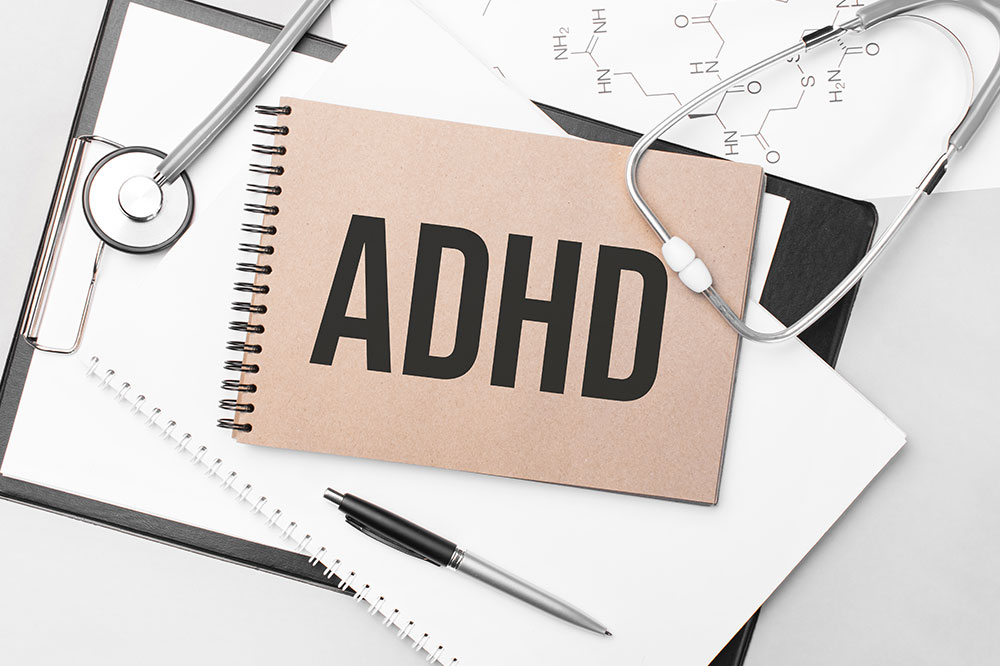9 mistakes to avoid for smooth Medicare enrollment

Navigating the intricacies of Medicare is a significant milestone for individuals approaching the age of 65 or those qualifying due to certain conditions. It marks a crucial step towards securing comprehensive healthcare coverage. However, the process can be daunting, and overlooking important details can have lasting consequences. It is also crucial to note that while Medicare provides comprehensive coverage, it doesn’t cover every healthcare expense. By setting realistic expectations, individuals can explore supplemental coverage options effectively.
Missing the Initial Enrollment Period (IEP)
The Initial Enrollment Period is a critical timeframe for enrolling in Medicare. It typically begins three months before an individual turns 65 and extends for three months after. Failing to sign up during this period can lead to delayed coverage and potentially result in permanent penalties. It’s crucial to mark this period on the calendar and ensure timely enrollment.
Overlooking Medigap enrollment
Medigap plans, also known as Medicare Supplement Insurance, provide additional coverage beyond what Original Medicare offers. These plans can help cover co-payments, deductibles, and other out-of-pocket expenses. The Medigap Open Enrollment Period is the best time to enroll, as it guarantees acceptance regardless of pre-existing conditions. Missing this window may result in limited options and higher premiums.
Assuming Medicare covers everything
While Medicare provides comprehensive coverage, it doesn’t cover all healthcare expenses. Understanding what is and isn’t covered is crucial for effective healthcare planning. Original Medicare does not cover vision, dental, and long-term care. This awareness helps individuals explore supplemental coverage options like Medigap, Medicare Advantage, or standalone dental and vision plans.
Failing to reevaluate coverage annually
Healthcare needs can change over time due to factors like evolving health conditions or shifts in treatment requirements. It’s important to review and reassess Medicare coverage annually during the Annual Enrollment Period (AEP). This allows individuals to make any necessary adjustments to their plans to ensure they continue to meet their healthcare needs.
Ignoring Part D coverage
Medicare Part D provides coverage for prescription treatments. It’s crucial to carefully evaluate prescription treatment options, considering factors like formulary, co-pays, and network pharmacies, to choose a plan that aligns with specific treatment needs. Not enrolling during the Initial Enrollment Period may lead to late enrollment penalties and gaps in prescription coverage.
Not researching Medicare Advantage plans
Medicare Advantage plans, or Medicare Part C, offer an alternative to Original Medicare. These plans are offered by private insurance companies and often provide additional benefits like dental, vision, and prescription treatment coverage. It’s important to research and compare available plans to find one that best suits individual healthcare needs and preferences.
Disregarding State Health Insurance Assistance Programs (SHIPs)
SHIPs offer free, unbiased counseling and assistance to Medicare beneficiaries. They provide valuable information on various aspects of Medicare, including plan options, enrollment, and cost-saving programs. Failing to take advantage of this resource can lead to missed opportunities for valuable information and potential cost savings.
Not understanding Medicare’s network restrictions
Medicare Advantage plans often have networks of healthcare providers. It’s essential to verify if preferred doctors, specialists, and hospitals are in-network to ensure that services are covered at the highest benefit level. Failing to do so may result in unexpected out-of-pocket costs or the need to switch providers.
Skipping preventive services
Medicare covers a range of preventive services at no cost to the beneficiary. These services include vaccinations, screenings, and annual wellness visits. Neglecting these essential preventive measures may lead to undetected health issues and missed opportunities for early intervention, potentially impacting long-term health outcomes.






